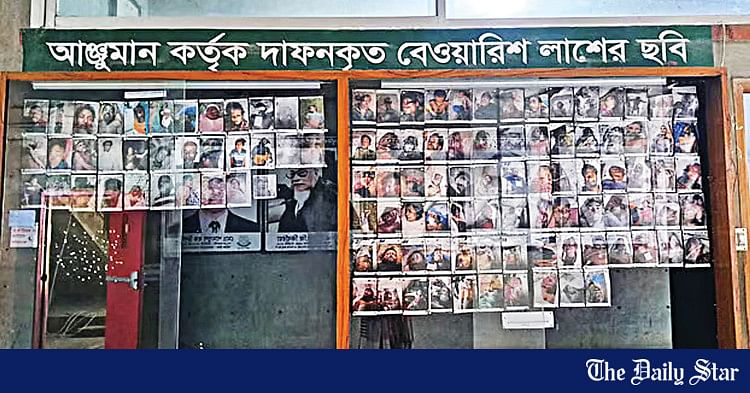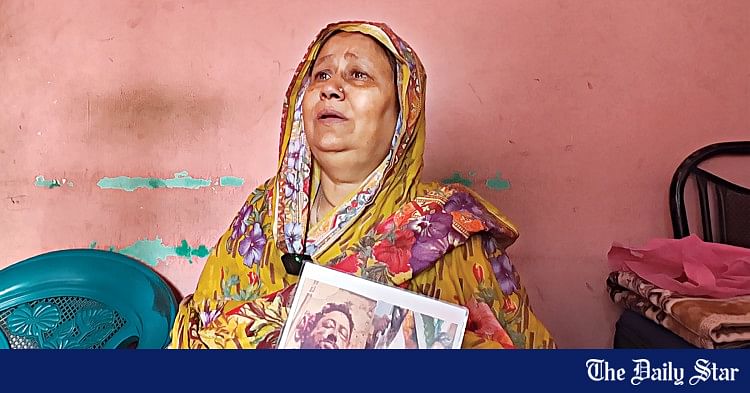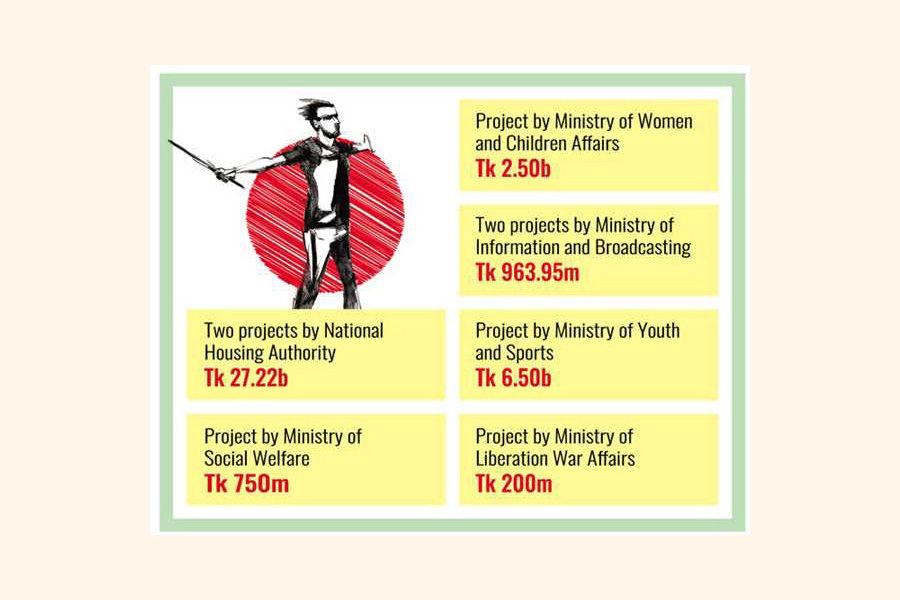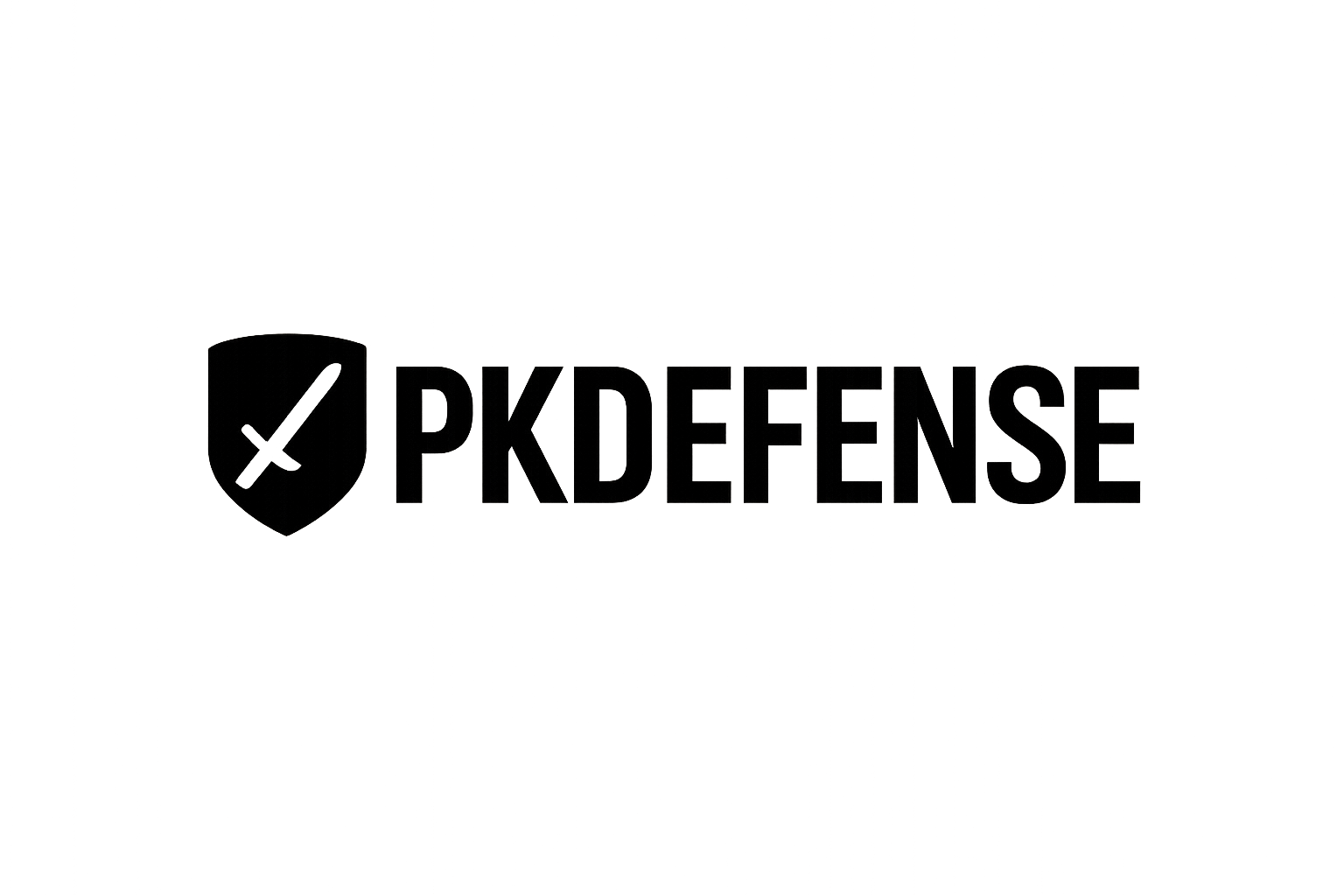The disappeared of the July Uprising: Part 4
Families want closure, however painful
Rasheda Begum wants to know where her son was buried. Photo: Star
Seven months after the July uprising in Bangladesh, many protesters still remain missing. We investigated 31 cases: six were buried as unclaimed bodies at Rayerbazar graveyard; four were identified by families from among the charred bodies in Ashulia; two were handed over to families after DNA testing; and 19 are still unaccounted for. We found evidence of systematic government efforts to cover up medical records and bodies of the victims so they can never be found again. This four-part series also documents how families were denied time to collect the corpses from hospital morgues, and how they are now waiting for the bodies of their loved ones. This is the fourth and the last part of the series.

When we first started visiting Dhaka Medical College Hospital in January for this story, there were seven protest-related unclaimed bodies freezing in its mortuaries. One of them, Md Hasan, a teenage trader from Gulistan, was handed over to his family on February 14 after DNA tests. The remaining six are still stored at DMCH morgue, growing colder.
Hasan's father, Md Monir Hossain, had searched for his son everywhere -- hospitals, clinics, cemeteries, and even Anjuman Mufidul Islam since his son went missing on August 5, 2024, the day Sheikh Hasina fell and fled the country.
"To exhume bodies from graves, the request needs to come from the relevant police stations based on cases filed in connection to the incidents. We did not receive any such request from the police stations either."— Tanvir Ahmed, DC, Dhaka.
"After four months, student leaders told me about the seven bodies at Dhaka Medical. I identified my son from his clothing. He always wore white."
Md Sogir from Sylhet believes his son, Md Waliullah, 25, a trader from Elephant Road in the capital, is also among the bullet-ridden bodies in the DMCH mortuary.
"My son went missing in July. I looked for him for five months. The bodies are barely recognisable, but I identified my son through an old surgery mark on his right leg."
Sogir has given his DNA sample to the Criminal Investigation Department of police and is awaiting confirmation.
"Even if the identities of the unclaimed bodies are found, detection of the graves is challenging because they were buried collectively. There's no way of knowing who was buried where."— Kamrul Ahmed, head of Anjuman Mufidul Islam's burial service.
A SYSTEM FAILING THE VICTIMS
If the sample does not match and if no one comes looking for the rest of the bodies still freezing at DMCH, these men, who were once someone's family, will likely be buried as "nobodies" in unmarked graves like many others (read more in Part 1).
On January 25, 2025, former information adviser Nahid Islam visited the Rayerbazar graveyard to pay tribute to the unidentified martyrs of the July uprising. There, Nahid, currently the leader of National Citizen Party, assured the families of these victims that efforts to identify those buried in unmarked graves had begun.
Sohel Rana’s mother Rasheda Begum at Rayerbazar graveyard with July uprising leader Nahid Islam. A banner, top, placed in the cemetery demands that all unnamed victims buried there be identified. Photo: Star
Nahid along with other student leaders visited the graveyard again on March 4 after the launch of the new party, and reiterated their commitment to identifying the graves of the unclaimed bodies.
In reality, however, the process remains stuck in red tape.
In November last year, the July Uprising Cell under the health ministry gave families only a 12-day window to report missing persons, posting an obscure notice on a barely visible website. The Cell claims it did not receive any missing reports yet.
However, not a single of the 31 families we spoke to knew about this notice or the newspaper advertisements published by the cell. They don't even know where the office is.
Mahbub Ullah Mazumder, senior assistant secretary of July Foundation, has made a list of the six that this investigation confirmed to have been buried in Rayerbazar and one missing protester from Anjuman documents. After Mahbub shared the list with the cell, it only sent a letter to relevant ministries for actions.
Three government officials working on the July Uprising Cell said the health ministry is working to identify the missing bodies "very seriously" and asked The Daily Star to call health Secretary Md Saidur Rahman, who in turn advised us to contact Joint Secretary Dr SM Mustafizur Rahman.
The joint secretary said the ministry sent a letter to the deputy commissioner's office to take action. Dhaka DC Tanvir Ahmed said they did not receive the letter yet.
"To exhume bodies from graves, the request needs to come from the relevant police stations based on cases filed in connection with the incidents. We did not receive any such request from the police stations either," Tanvir added.
As the process remains stuck in the labyrinth of paper works involving a complex network of multiple government agencies, families of Sohel Rana, Faisal Sarker, Md Assadullah, Rafiqul Islam, Mahin Mia, Ahmed Jilani, and many other victims of the July massacre who remain missing, continue to look for answers.
They want to know where exactly their loved ones lie among the 114 buried in Block 4 of Rayerbazar. These graves, each marked solely by a bamboo pole, leave the families with no way of knowing that. Meanwhile, rain has flattened the graves, and the bamboo markers are rotting.
If a GD number, a photo, a birthmark, age, clothing or any previous injury marks had been placed on the bamboo pole before burying the unclaimed bodies, identifying them would have been easier. Now, if any relative claims a body, all the corpses would need to be exhumed for DNA profiling.
"Even if the identities of the unclaimed bodies are found, detection of the graves is challenging because they were buried collectively. There's no way of knowing who was buried where," said Kamrul Ahmed, head of Anjuman Mufidul Islam's burial service, who oversaw the burial of many July massacre victims.
Prof Kamrul Islam Sardar, who served as a forensic head at some of the top hospitals, said even if DNA samples were collected from every unclaimed body, they are now useless since the graves are unmarked.
"All the bodies would need to be exhumed for new DNA samples, and this would then need to be matched with relatives. This is a very complicated process which might take years if effective steps are not taken by the government to expedite the process," he added.
Only six families among the many families know that their kin have been buried in Rayerbazar.
One reason behind this is that many of the families we spoke to do not even know that places like Anjuman Mufidul or Rayerbazar exist. They tried to rely on the police, who, in many cases, offered little help.
Ahmad Ferdous, head of CID's Forensic DNA Laboratory, said they completed 11 DNA profiling of as many victims related to the uprising. Of them, five bodies have been handed over to family members after the samples matched. The rest six remain unidentified as there are no claims for these bodies.
DNA profiling for 10 more bodies connected to the uprising is currently underway, Ferdous added.
Meanwhile, many families continue to gather at Dhaka Medical College morgue every day to find their fathers, sons, brothers or husbands among the six uprising-linked bodies still lying unclaimed there.
Rasheda Begum, mother of Sohel Rana who was killed in police shooting and buried at Rayerbazar as an unclaimed body, keeps visiting Block 4 of the cemetery with teary eyes.
"Which one is my son's grave?" she asks anyone who would listen.
The families of Ridoy, Miraj, Maruf and many others want to know if they are dead or alive.
For these families, uncertainty overshadows the agony of their loss. They now want closure, however painful.
Assadullah's widow Farjana Akter is tormented every day as she cannot console her two children, aged ten and four.
"My children keep asking where their father's grave is. Since I cannot bring their father back alive, I at least want to show them where he rests, so they can have a place to grieve and remember him."
[Our correspondents from Gazipur, Bogura, Pabna and Thakurgaon contributed to this story.]
WHERE ARE THEY?
Sohel Sheikh a vegetable trader from Tongi
Sohel Sheikh joined a victory procession on August 5 after Hasina fled the country. He headed for Gono Bhaban, the official residence of the deposed prime minister, like tens of thousands of others.
By 6:00pm, his wife, Ayesha Akhter, got a call—Sohel had been shot in front of Uttara East Police Station. Over a dozen died there as police opened fire on protesters trying to storm in. The caller told Ayesha that Sohel Sheikh was being taken to Crescent Hospital in Uttara.
Defying the curfew, she came to Dhaka from Pirojpur, rented a house for two months and looked for her husband at Crescent and Dhaka Medical, but did not find him.
Her initial attempt to file a case was also stalled by officers. Uttara East police eventually recorded a missing diary instead of a case and told her to omit that her husband was shot. Ayesha has no updates about the investigation.
"I abandoned all hopes. I took out loans to stay in Dhaka and find him. No one helped me. I now live in Pirojpur with my in-laws," Ayesha said.
The Daily Star spoke to the person who called Ayesha on August 5. He and multiple witnesses said Sohel Sheikh was shot. No one knows what happened next.
Shahidul Islam Miraj a trader from Kaptan Bazar
Shahidul Islam Miraj was enraged after watching the video of the police shooting of Abu Sayed on July 16. He shared the video and wrote several Facebook posts, and joined the protest the next day. His social media shows he was active in Jatrabari-Shonir Akhra area since July 17.
His elder brother, Saiful Islam Mithil, warned him and asked him to stay home until normalcy returns. On July 27, Miraj left without telling his brother, and never came back.
At least five protesters said they saw him at Jatrabari Police Station on August 5, but we could not independently verify this. That day, Jatrabari police killed protesters one after another like targets in a video game.
For six months, Mithil looked for his brother in morgues, police stations, Anjuman Mufidul Islam and Rayerbazar graveyard. He just wants to know whether his brother is dead or alive.
Md Maruf a student from Mirpur
HSC examinee Md Maruf, 17, went missing from Dhaka's Mirpur on July 20. That was the first full day of the curfew.
After August 5, family filed a case with Rupnagar police station. But, there are no updates.
When his mother demanded an update, officers told her that her son committed suicide. But there is no corpse.
When we asked Investigating Officer Md. Ibrahim of Rupnagar police station on what basis he claims that Maruf died by suicide, he shrugged. "I don't even know who Maruf is."
















 www.newagebd.net
www.newagebd.net










 www.newagebd.net
www.newagebd.net



 www.newagebd.net
www.newagebd.net

































